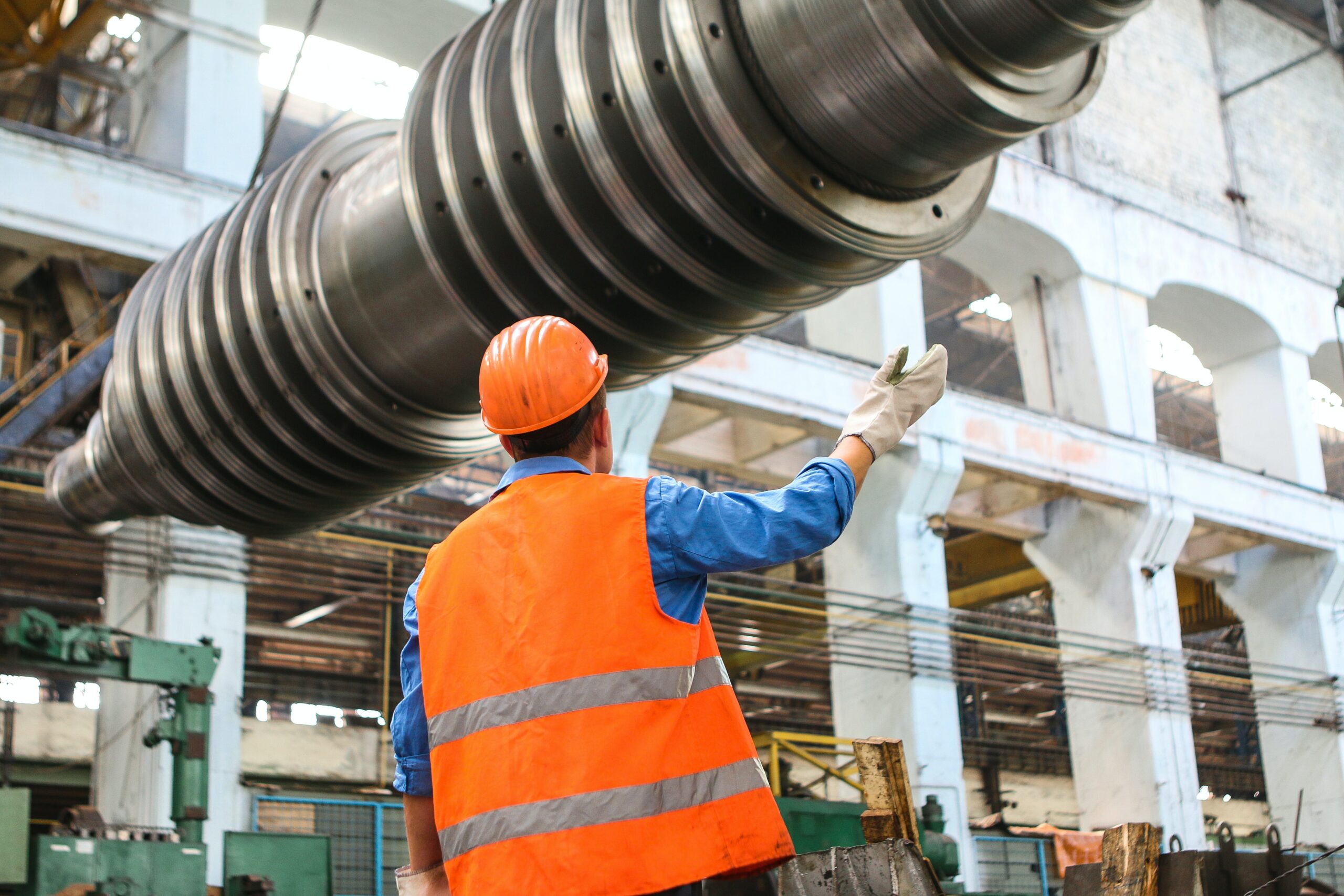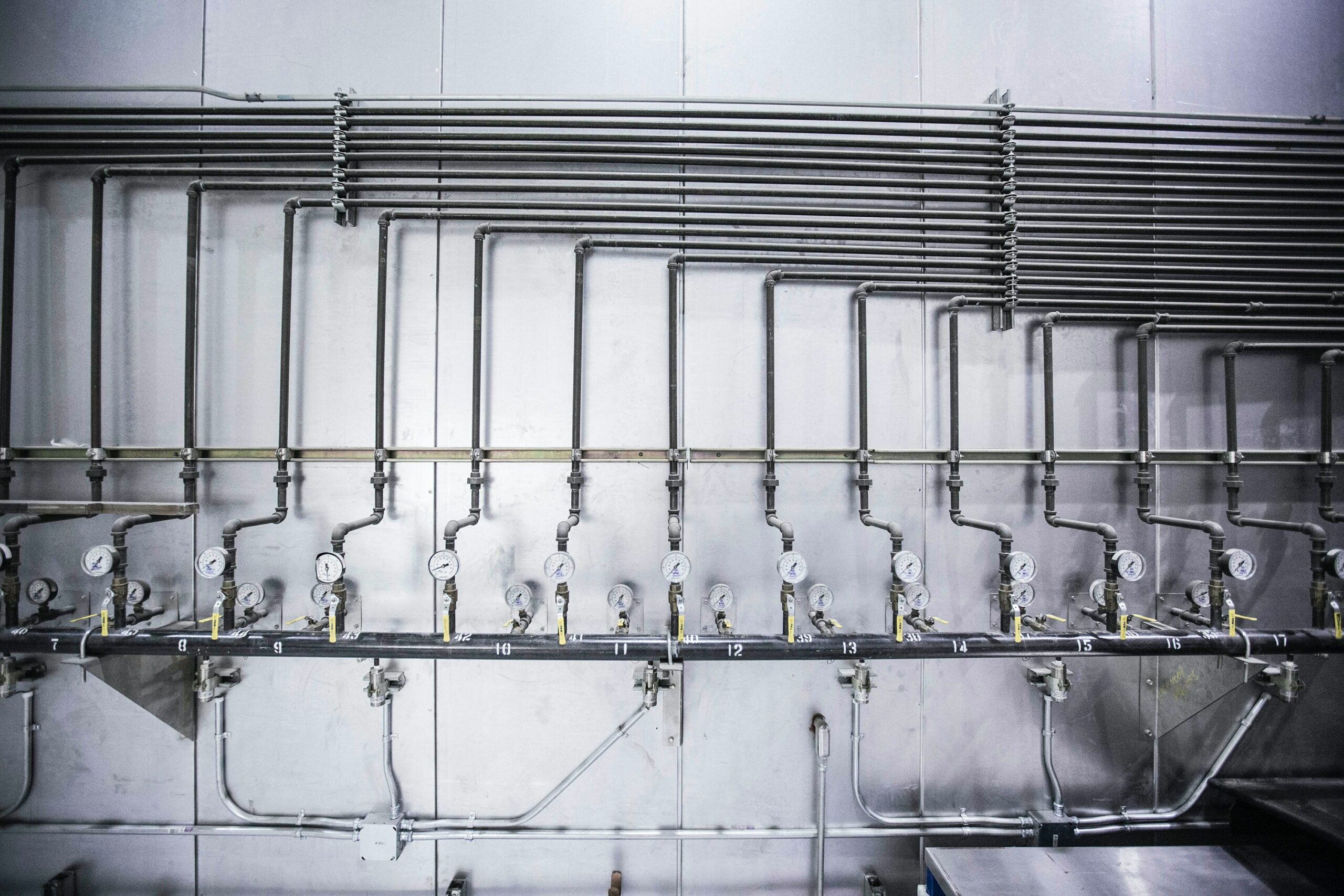Plumbing pipelines can accomplish waste disposal and water delivery. These drainage and delivery systems have been in use since the beginning of time. Today, a wide variety of pipes are available, each with a distinct function. PVC, PEX, ABS, copper, galvanized steel, and cast iron piping are all included in this list. In your house, you’re most likely to encounter one of the following types of Plumbing Pipes.
Plastic pipes made of PVC:
As far as drain pipes go, polyvinyl chloride (PVC) is the most popular (PVC). When it comes to protecting water from corrosion and rust, plastic tubing is excellent. High water pressure is no problem for PVC pipes. It is because of this that PVC pipe is extremely durable. For an extended period, PVC pipes can be used without any damage.
You can also use this water source for your home’s main supply. It is also lighter than standard galvanized steel piping, making it easier to deal with. The smooth inner lining of PVC pipes prevents silt buildup and increases the pipe’s resistance to obstructions.
Concerns concerning toxicity, restricted size possibilities, and the inability to tolerate hot water are some of PVC pipes’ drawbacks. Polyvinyl chloride chemicals could cause respiratory and reproductive issues if they are added to drinking water. As a result, some states have prohibited the use of PVC Plumbing Pipes to transport potable water.

Secondly, PEX Pipes:
Plastic tubing made of cross-linked polyethylene, or PEX, is extensively used for water supply lines. Flexible and easy to weave through walls, ceilings, basements, and crawl spaces, PEX pipes remain popular with professionals. Like PVC pipes, it prevents corrosion from seeping into the water supply. But they’re tough, too; They can endure the force of the water pressure in your home.
In addition to being color-coded for hot and cold water, cross-linked polyethylene pipe is straightforward for plumbers to recognize and organize while on the job. It’s constructed of ABS plastic, which is the third type of pipe out there. ABS pipes are identical to PVC pipes, but their black appearance makes them simple to distinguish.
When it comes to chilly weather, Acrylonitrile Butadiene Styrene (ABS) is an excellent choice. Vent and drain lines are the most common applications for this material. Even though this type of Plumbing Pipes simple to set up, direct sunshine can cause it to deform.
There are complaints from some homes that the noise from ABS pipes is too much to bear. There are four types of copper pipes. Throughout the plumbing business, the copper pipe has been an essential part of the infrastructure. It’s commonplace in both new and old homes to find sinks, showers, tubs, and other Plumbing Pipes fixtures manufactured of this resilient material.

They are corrosion-resistant and excellent for protecting water quality, making copper pipes a popular choice for plumbers and homeowners. Copper piping can withstand high water pressure and a wide range of water temperatures, including freezing. Because it is recyclable, it is better for the environment than other solutions.
Pipes made of galvanized steel or iron:
Galvanized steel and iron pipes were commonly utilized in early twentieth-century homes, although they are no longer widely found. Despite this, cast iron Plumbing Pipes are still used in some water distribution systems today because they are incredibly long-lasting. Sewage pipes and other drainage systems commonly use cast iron pipes. Because they are heat-resistant and have quiet water flow, their popularity has grown significantly.

